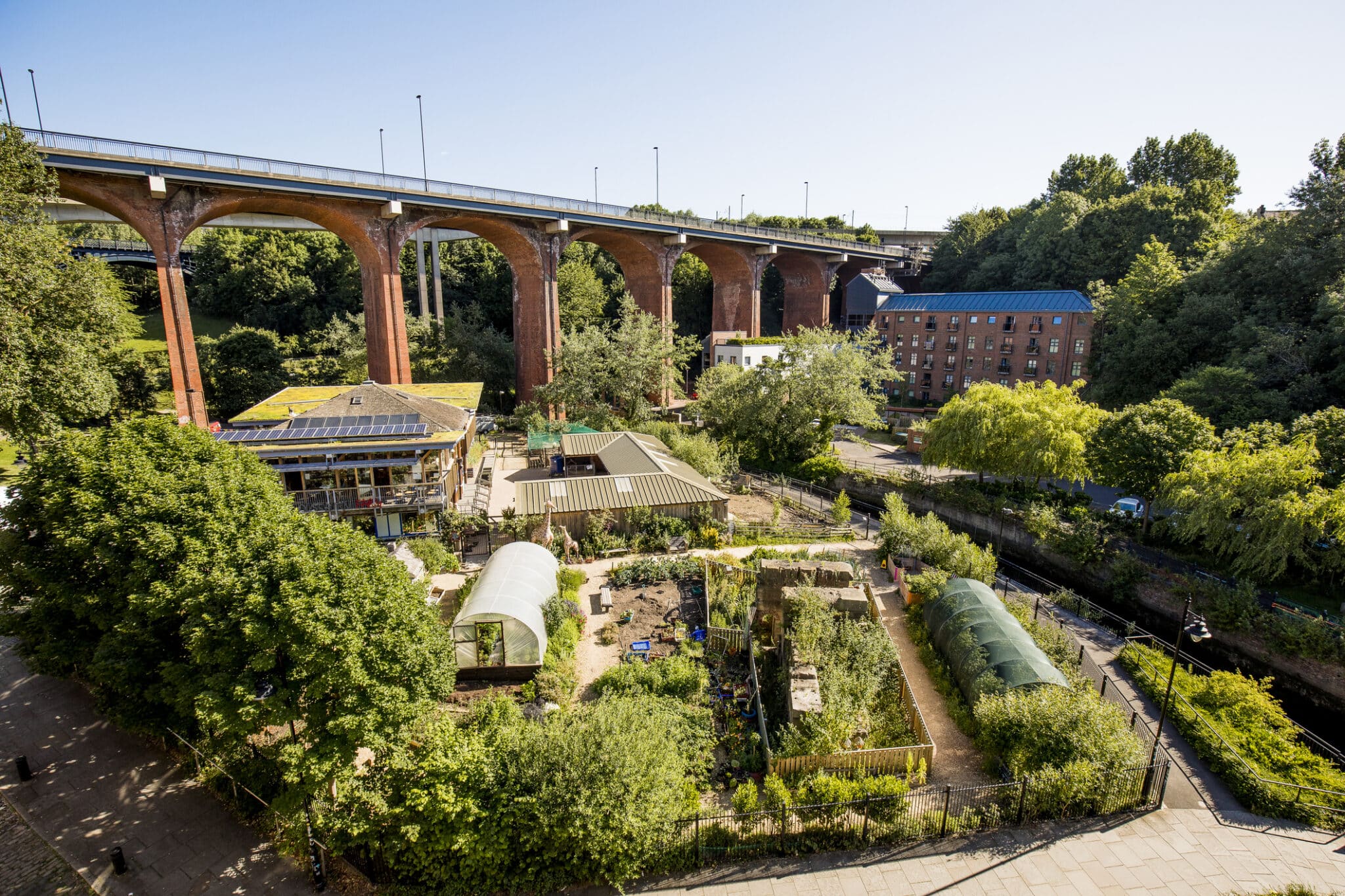Rumored Buzz on City Blooming
Rumored Buzz on City Blooming
Blog Article
Some Ideas on City Blooming You Should Know
Table of ContentsOur City Blooming StatementsThe 30-Second Trick For City BloomingGet This Report on City BloomingSome Known Questions About City Blooming.What Does City Blooming Mean?
Intrigued in growing food offer for sale in the City of Chicago? Considering starting a neighborhood garden? Changes to the Chicago Zoning Statute enable farming usages like neighborhood yards and metropolitan farms in several parts of the city. Below is a list of regularly asked concerns concerning the guidelines and regulations that cultivators should take into consideration when intending an urban farming project.
The zoning amendment does not modify any kind of other codes managing composting, building licenses, buying or leasing City had home, company licenses or ecological contamination. There are existing codes that regulate these concerns and they remain completely result and may be relevant to your project. Area yards are generally owned or handled by public entities, public organizations or community-based companies and kept by volunteers.
Urban farms grow food that is meant to be sold, either on a not-for-profit or for-profit basis. Due to their industrial purpose, urban farms need a business permit. Yes. An area yard is allowed to market excess produce that was expanded on site if the sales are accessory or secondary to the yard's primary function explained above.
The Greatest Guide To City Blooming
Composting is enabled however only for plant material that is generated and utilized on website. The quantity of compost material can not go beyond 25 cubic lawns at any type of given time according to the requirements in 7-28-715 of the City's Municipal Code. Yes. Since the dirt at most brand-new yard websites needs modifying, garden compost, dirt, timber chips, or other products can be obtained to construct or enhance the expanding area - eco-friendly practices.

If a building license is needed then the hoophouse will be thought about an accessory building. You can locate out even more regarding the structure permit needs by contacting the Department of Structures. The 25,000-square-foot dimension limit is meant to avoid a single area garden from dominating a provided block or diminishing the block's existing household or business personality.
The restriction does not apply to yards located in Public Open Area (POS) areas. Can there be greater than one neighborhood yard that is 25,000 square feet on a single block? Yes. The size limitation uses to private gardens, not to private blocks. No. Secure fencing is not needed, nevertheless, yards that have large parking lot may be required to set up fencing or various other landscaping functions.
See This Report about City Blooming
B1 & B2 areas need that all business usage tasks be carried click site out inside. Is fence needed for urban ranches? Fences might be required, along with landscape design and testing, for certain car park locations and outside work or storage areas depending on location and the particular activity taking location.
Urban ranches need building permits and zoning approvals prior to building (urban gardening). Various other kinds of city testimonial may be called for depending on particular frameworks, tasks, dimension, landscape design, licensing, public health and stormwater monitoring issues.
Yes. The sort of license is established by what is happening at the website. The Department of Service Affairs and Consumer Defense can assist determine the details kind of service certificate that's required. Yes. Off street car parking is required for many business tasks in Chicago. The called for variety of car park rooms is based upon the variety of employees dealing with site and not the square video of the expanding space.
Facts About City Blooming Revealed

Yes. A metropolitan ranch can market garden compost material produced on site, however, the operation needs to abide with the policies in 7-28-715 of the Chicago Municipal Code. Yes. Aquaponic systems are enabled indoors on urban ranches in several zoning districts. A zoning evaluation and structure authorization is called for in order to mount structures or systems and a service permit is needed as explained over.
As much as five hives or colonies of honey might be kept as an accessory usage. Beekeepers should register with the Illinois Division of Farming. To learn more concerning the recommended zoning modification you might call the Department of Housing and Economic Development, Bureau of Preparation and Zoning at 312.744.8563.
Farming in cities and metropolitan locations A metropolitan ranch in Chicago. Urban agriculture describes different practices of cultivating. https://www.goodreads.com/user/show/179466644-daniel-nold, processing, and dispersing food in city areas. The term likewise applies to the area tasks of animal husbandry, aquaculture, beekeeping, and cultivation in a city context. Urban farming is distinguished from peri-urban agriculture, which occurs in backwoods beside suburbs.
Get This Report about City Blooming
, that look for to create social networks started on a common ethos of nature and community holism. These networks can create by means of official institutional support, ending up being incorporated into local community preparation as a "shift town" activity for lasting urban growth.
The more direct accessibility to fresh veggie, fruit, and meat items that may be realised with metropolitan agriculture can improve food safety and security and food security while reducing food miles, leading to reduced greenhouse gas emissions, therefore adding to climate change mitigation. Some of the first proof of urban farming originates from Mesopotamia.
Report this page